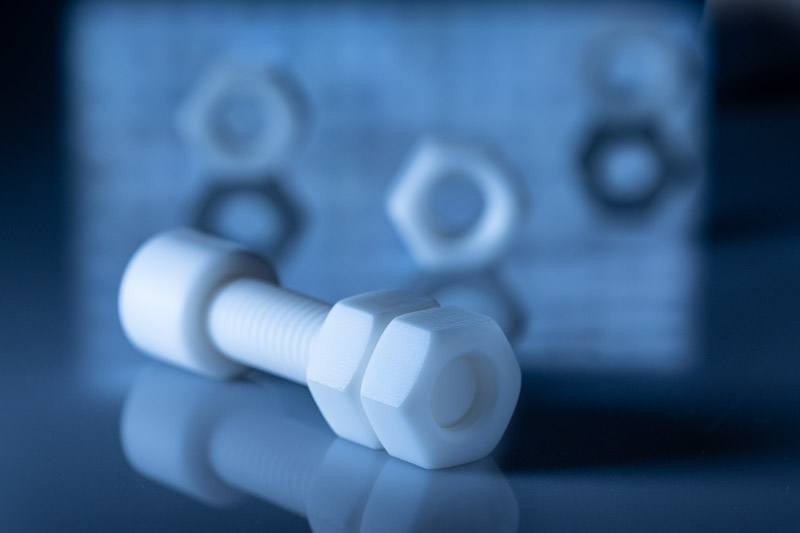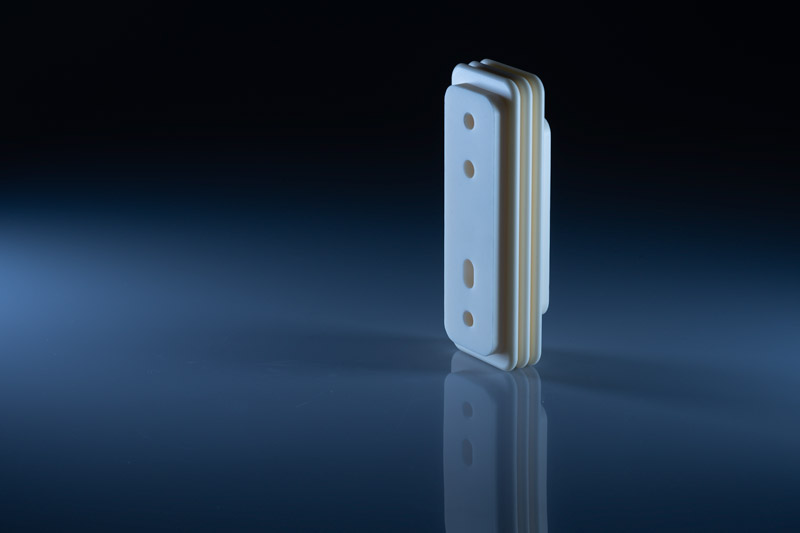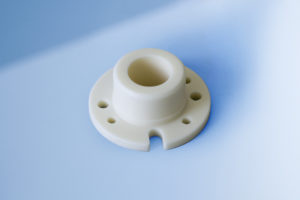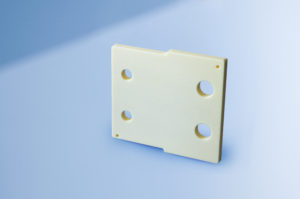Ceramic components in fuel cell technology (Bio-hydrogen)
The hydrogen strategy recently adopted by the federal government is intended to establish Germany as the leading driving force in modern hydrogen technology. In the near future, it is therefore planned to invest around 9 billion euros in relevant research projects.
Hydrogen (H2) is an element that can be used as a climate-neutral energy carrier. The key to a successful energy transition lies in what is known as ‚green‘ hydrogen, which is produced exclusively from renewable energy sources. The predominantly used process is electrolysis, in which water is supplied with electricity from e.g. wind power or solar systems is split into its components hydrogen and oxygen. With the help of fuel cells, the stored hydrogen is converted back into electrical energy and water (vapour) as a „waste product“ with the oxygen in the air. For an average car, a 5 to 6 kg fuel tank would be sufficient for a range of 500 to 600 km. In direct contact with hydrogen, however, conventional materials quickly reach their material-specific limits: One example is hydrogen embrittlement of metals – a type of material fatigue that leads to cracking in susceptible materials and thus premature failure.
A solution for higher long-term stability and better corrosion resistance can be found in the ceramic material portfolio of BCE Special Ceramics GmbH. We have many years of experience in the production of customer-specific components from high-performance ceramics. Components of the BCE alumina quality A-997 or A 999 have already been successfully used as electrical insulators (stack plates) in fuel cells for several years. They ensure uniform pressure transmission to the stack and are responsible for the gas tightness of the system. The material also withstands the requirements at temperatures of 1,800°C in a pure hydrogen atmosphere. Companies such as Wärtsilä, one of the leading manufacturers of power plants and marine engines, therefore rely on BCE products.
The final shape of the 2,000 bar isostatically pressed green bodies is done using CAD-CAM and 5-axis machining according to your individual requirements. Abrasive post-processing also enables the tightest fits and tolerances.
Please get in contact with us for your individual consulting. Together we will find the optimal solution for your application.




